The PS5 can't run God of War at 8K... but the Nvidia RTX 3090 can
God of War on PC gives us a glimpse of the future
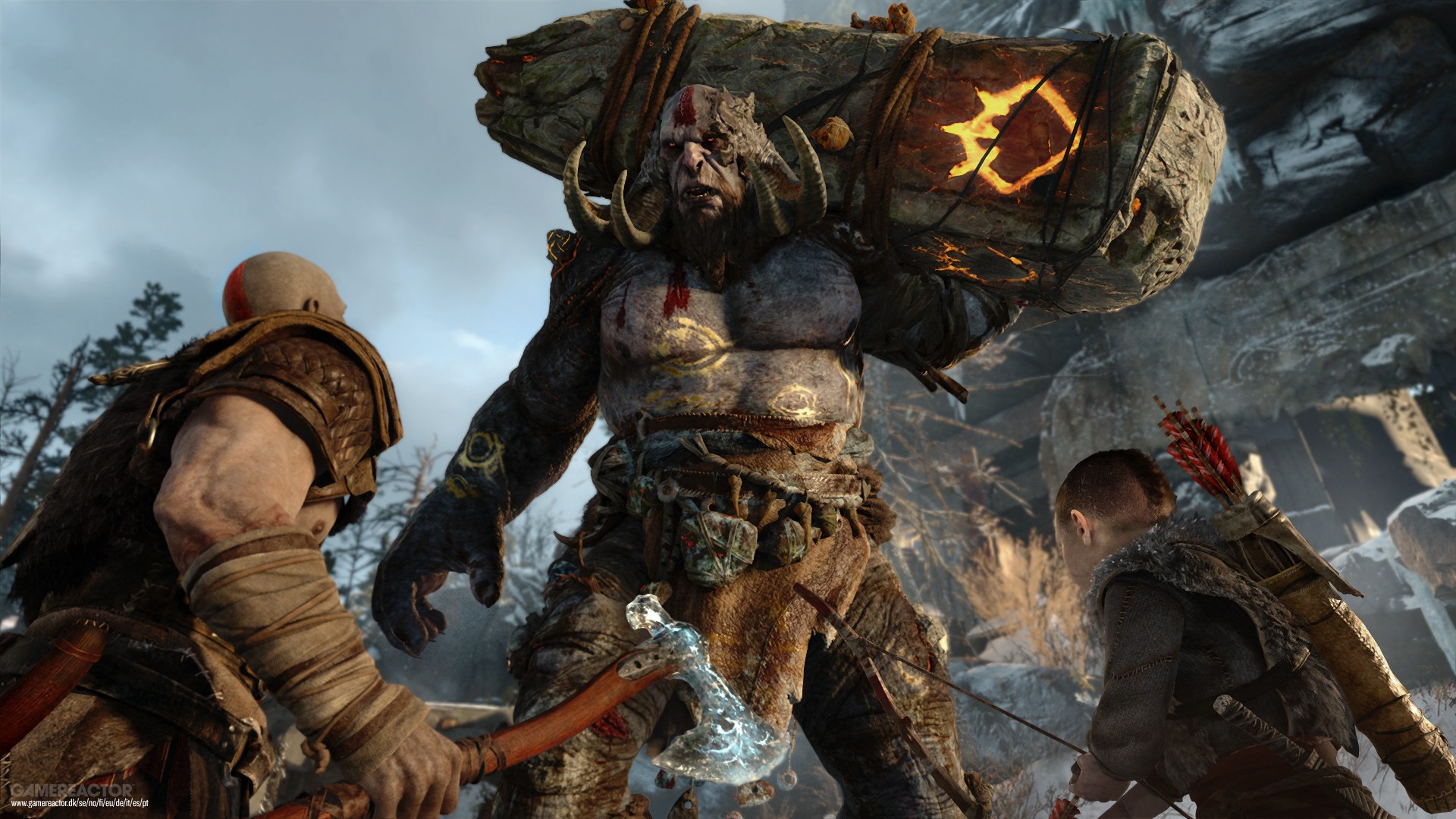
PC built by Chillblast
Motherboard: Asus ROG STRIX Z390-E GAMING
CPU Cooler: Noctua NH-U14S
Case fans: Noctua NF-A14 PWM Chromax 140mm
Processor: Intel Core i9-9900K, 8 Cores / 16 Threads
GPU: Nvidia GeForce RTX 3090
Storage: 500GB Samsung 970 EVO Plus M.2 PCIe
Secondary Storage: 2TB Samsung 860 QVO
Power: Corsair RM850x 80 PLUS Gold 850W PSU
Case: Fractal Design Vector RS Tempered Glass
RAM: G.Skill Trident Z RGB 32GB DDR4 3200MHz
Monitor: Dell UltraSharp UP3218K
One of Sony's most popular - and critically acclaimed - games has come to PC. While Microsoft has been releasing most Xbox games simultaneously on PC, we've had to wait a while for PlayStation exclusives from Sony to land on our rigs, with God of War launching on the PS4 back in 2018.
From our time with God of War on PC, the wait has been well worth it, with the game offering improved graphics, support for ultrawide monitors, and modern tech such as Nvidia Reflex, DLSS and AMD FidelityFX Super Resolution.
When the game launched on the PS4 it was a graphical showcase for the console, and combined with a more mature and emotional story, a new setting (moving from ancient Greek myths to Norse mythology) and the violent and visceral gameplay the series is noted for, it was one of the highlights from the last generation of consoles.
So the fact that it's come to PC, with plenty of enhancements, is incredibly exciting. It also made us keen to see how well God of War looks - and runs - at 8K. After all, Sony has in the past talked about how the PS5 will be capable of 8K games. We have our doubts about that, but playing a Sony game at this resolution on our 8K test rig could give us an idea of what the future holds for Sony games.
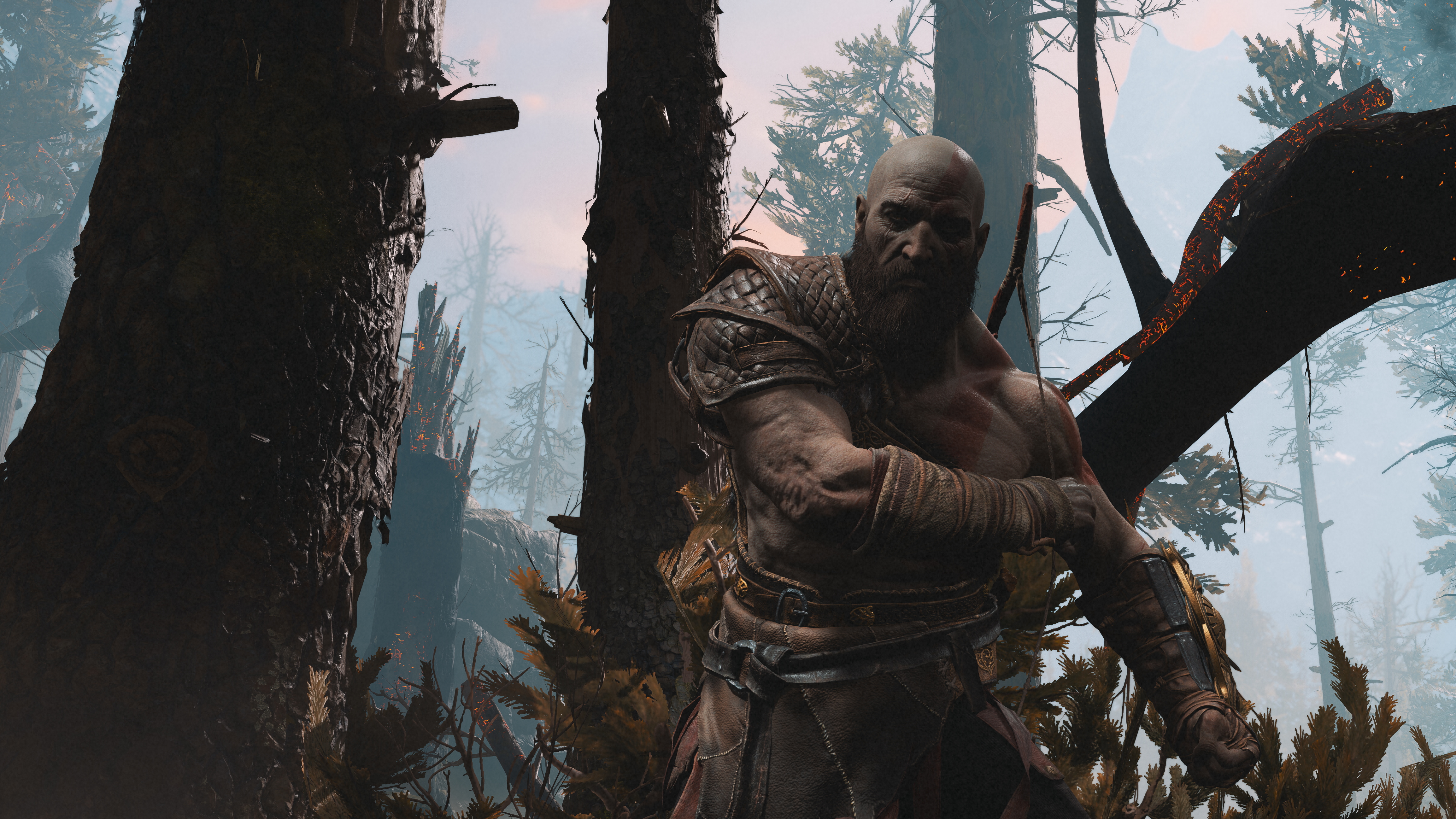
8K out of the box
Although God of War is almost four years old and originally released for the PS4, which itself launched way back in 2013, Sony Santa Monica was able to make a graphically ambitious and impressive title that still looks fantastic in 2022.
So, with the PC version, we expected a game that would push our 8K test rig to the limits.
When we first loaded up the game and began playing at the default settings, which meant the 'Original' graphical preset and resolution at 8K (7680 x 4320), we were immediately struck by two things: how damn good this game looks at 8K, and also how well it runs.
Get daily insight, inspiration and deals in your inbox
Sign up for breaking news, reviews, opinion, top tech deals, and more.
Without any tweaking, we had a perfectly playable experience with the opening sections of God of War. Running our benchmarks confirmed that God of War at 8K on 'Original' settings hit an average of 36.3 fps (frames per second), and even hit a maximum of 44.2 fps.
Sure, this is a four year old game that was originally built for last-gen hardware, and we assume the 'Original' graphical settings means it's essentially PS4 visuals, but it remains a stunning title regardless, and the fact that it was running easily above 30fps, which we consider to be the absolute minimum for a game these days, is incredibly impressive.
Of course, there's no surprise that the high-end RTX 3090, which should cost $1,499 (£1,399, around AU$2,030), but is often sold for much more than that, wouldn't have an issue playing a PS4 game, but this is an impressive feat nonetheless, considering the demands 8K places on a GPU, and the graphical fidelity of God of War.
So, the next thing we did, of course, was whack the visual settings higher. On the 'High' preset, we still averaged 32.7fps, and while that is still above the 30fps minimum we demand, that drop is still felt. Still, we then put graphical settings to 'Ultra'.
At this setting, what was already a very good looking game looked even better, with additional details and effects fleshing out the world. Needless to say, at 8K it looked phenomenal. It's quite possibly the best looking game at 8K we've played. Previous games we've tested at 8K had to have their graphical settings turned down to reach a playable frame rate, and this impacts how good they look.
The fact that God of War can run at 8K on Ultra settings at 30fps out of the box is a testament, then, to the developers of the game, as well as the power of the RTX 3090 Ti.
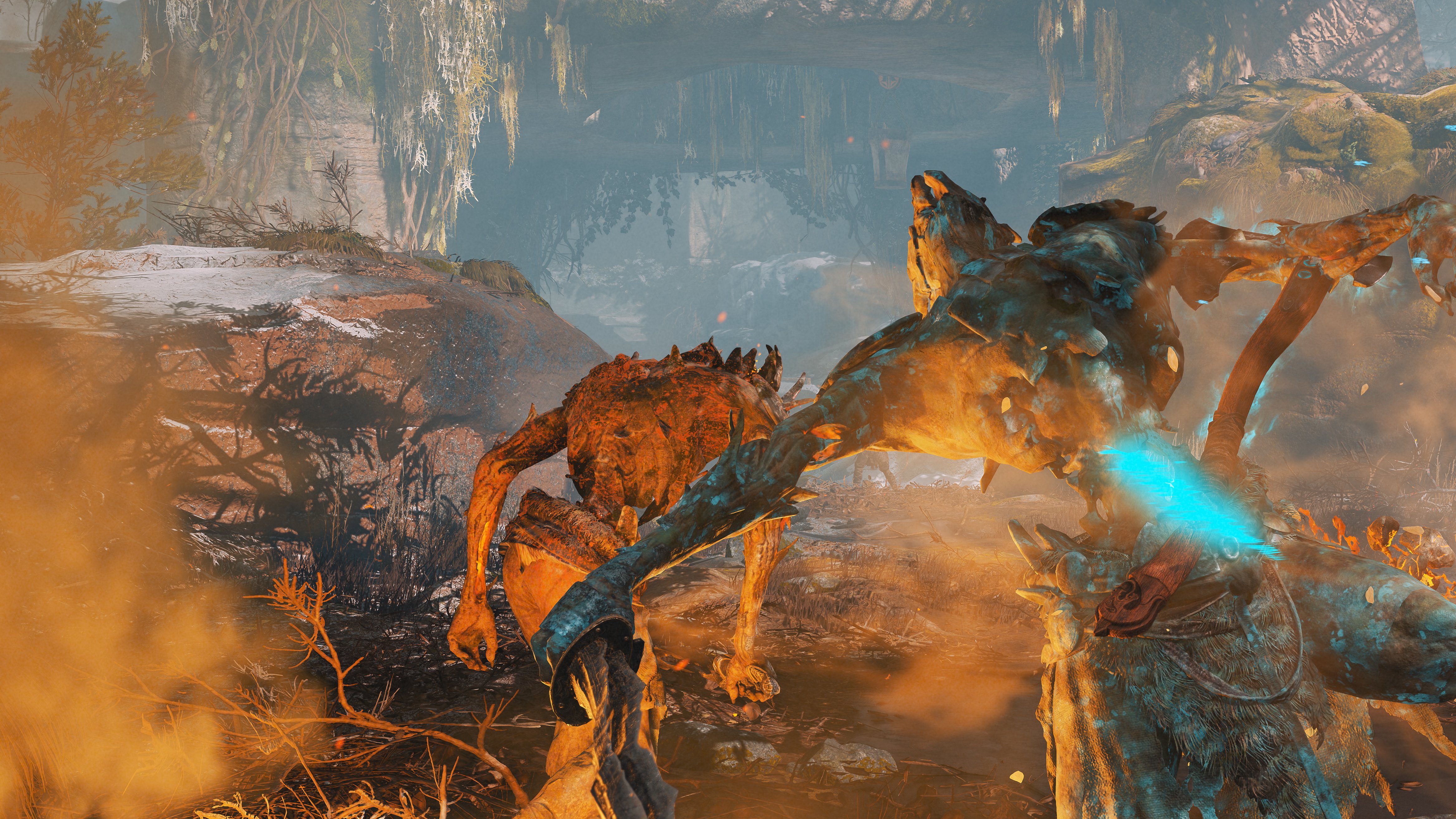
Hunting for higher framerates
When God of War originally on the PS4, it targeted 30fps. While that was an impressive feat for 2018 with such a graphically impressive title and aging hardware, PC gamers in 2022 demand more.
The good news is that God of War on PC has an unlocked frame rate, which means if you have the hardware, you can go beyond 30fps. In an action-packed title like this, it really benefits from a higher frame rate. But, does playing at 8K preclude you from these higher frame rates? Thankfully, not.
As part of God of War PC's range of new features is support for Nvidia Deep Learning Super Sampling (DLSS). This is a feature that uses artificial intelligence to upscale the game from a lower resolution, helping to improve performance with hopefully a minimal impact to the graphics quality.
In the past we've seen DLSS perform magic, allowing games to hit playable frame rates at 8K. With God of War already hitting 30fps, we were keen to see what could be achieved.
The first setting for DLSS is 'Ultra Performance'. This targets better performance over graphics quality, which means the upscaling is doing more heavy lifting, upscaling from a lower resolution to the native 8K resolution.
Interestingly, God of War shows you what the resolution is, and with Ultra Performance, DLSS is taking a 1440p resolution (2,560 x 1,440) and upscaling it to 8K (7,680 x 4,320).
That's a big leap, but DLSS 2.0 does a good job, with God of War still looking great, though not quite as sharp as native 8K.
The performance of the game saw a drastic improvement, hitting 59.9fps on average, and only dropping to 57.9fps during our playtime. It's no surprise that the RTX 3090 has no issue playing this game at essentially 1440p, but DLSS puts in a good showing here. The graphical settings are still set to 'Ultra', and you end up with a game that doesn't just look fantastic on our 8K monitor, but also plays brilliantly as well.
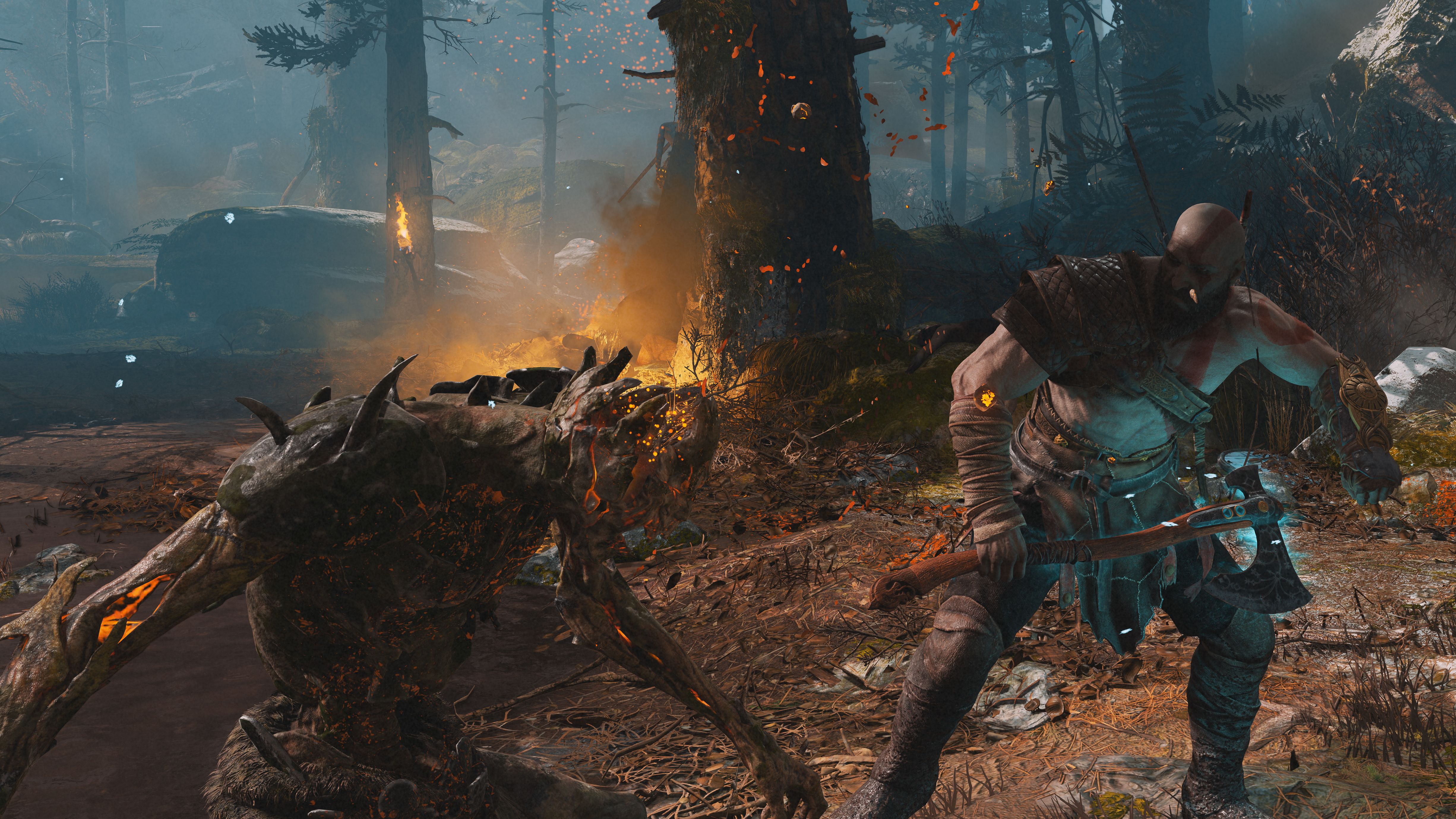
The game, especially combat, feels so much better at 60fps. Matched with impressive visuals, this is perhaps our best 8K gaming experience yet.
Of course, there are other DLSS settings as well. The 'Balanced' setting ups the initial resolution to 4,454 x 2,506 before upscaling it to 8K. The image is a lot sharper, but performance sees a knock to 46.9fps on average. While this is still a lot higher than the 30fps minimum we demand, after playing at 60fps, this drop feels brutal.
Finally, we tried it out with DLSS set to 'Quality'. This is the setting which prioritise image quality over performance, with an initial resolution of 5,120 x 2,880. This means there's less upscaling needed to hit 7,680 x 4,320, and while the image quality does see an improvement, the average frame rate drops to 42.1fps.
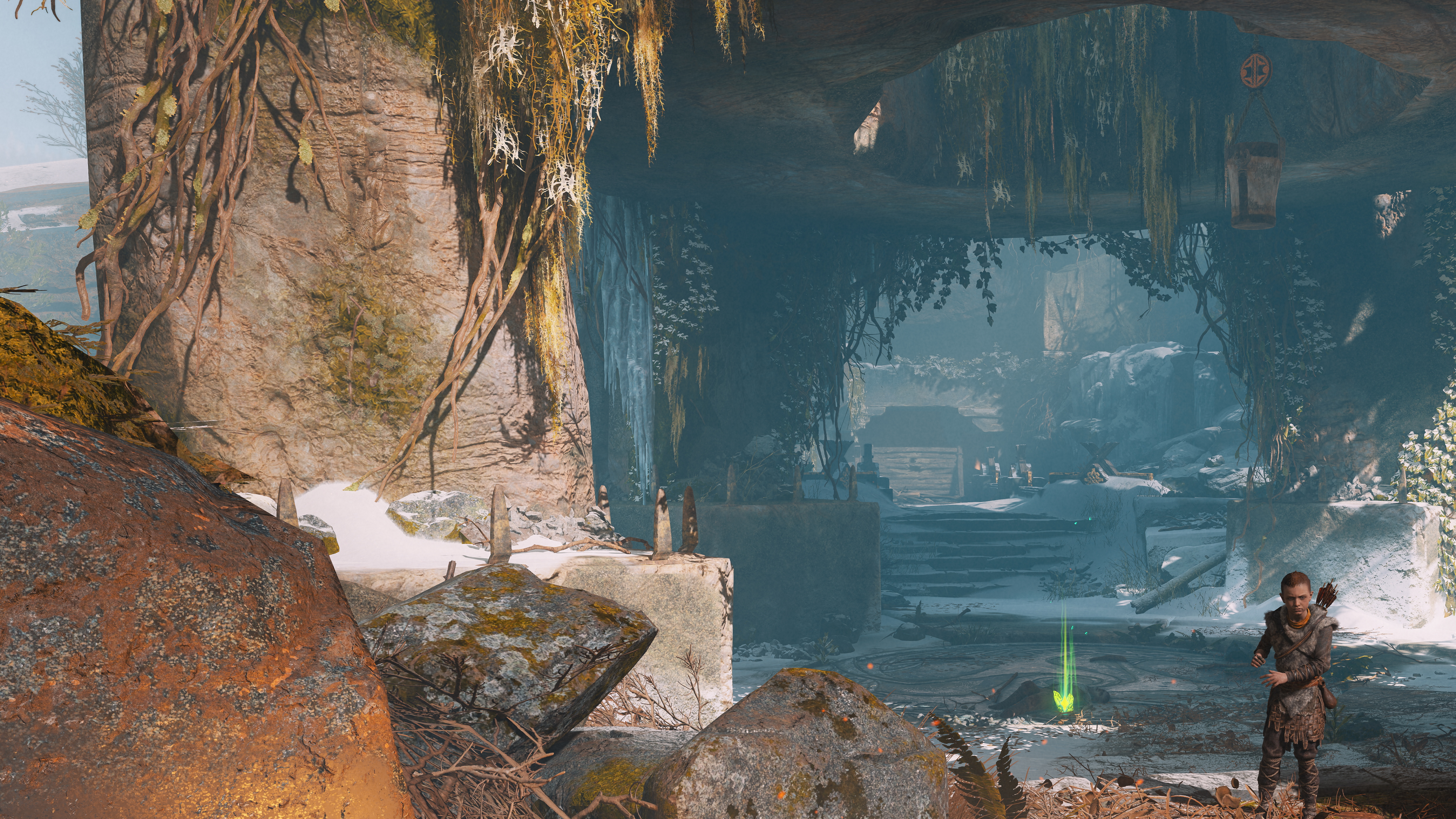
AMD alternative
Nvidia's DLSS tech is a welcome addition to any game, and it's clear it does a great job with God of War as well. However, DLSS is only available on Nvidia GPUs, and only the newer RTX models at that.
The good news is that God of War also supports AMD's competing FidelityFX Super Resolution, which also upscales games for better performance. AMD's solution is available on most modern GPUs from both AMD and Nvidia. Usually games support one or the other of these technologies, so it's cool to see God of War support both.
First, we set FidelityFX Super Resolution to 'Performance'. As with DLSS, this setting prioritises performance over looks, but with a higher initial resolution of 3,840 x 2,160. This means there's less upscaling involved, while performance was drastically improved, hitting 59.5fps on average, though it did dip lower than DLSS to 53.9fps.
On 'Balanced', FidelityFX took a 4,512 x 2,542 initial resolution and upscaled it to 8K. This gave us an impressive 55.51fps average score.
Finally, we tested it out at 'Ultra Quality'. This time the initial resolution was 5,908 x 3,324 upscaled to 8K. When playing at this setting, the RTX 3090 managed 39.9fps on average.
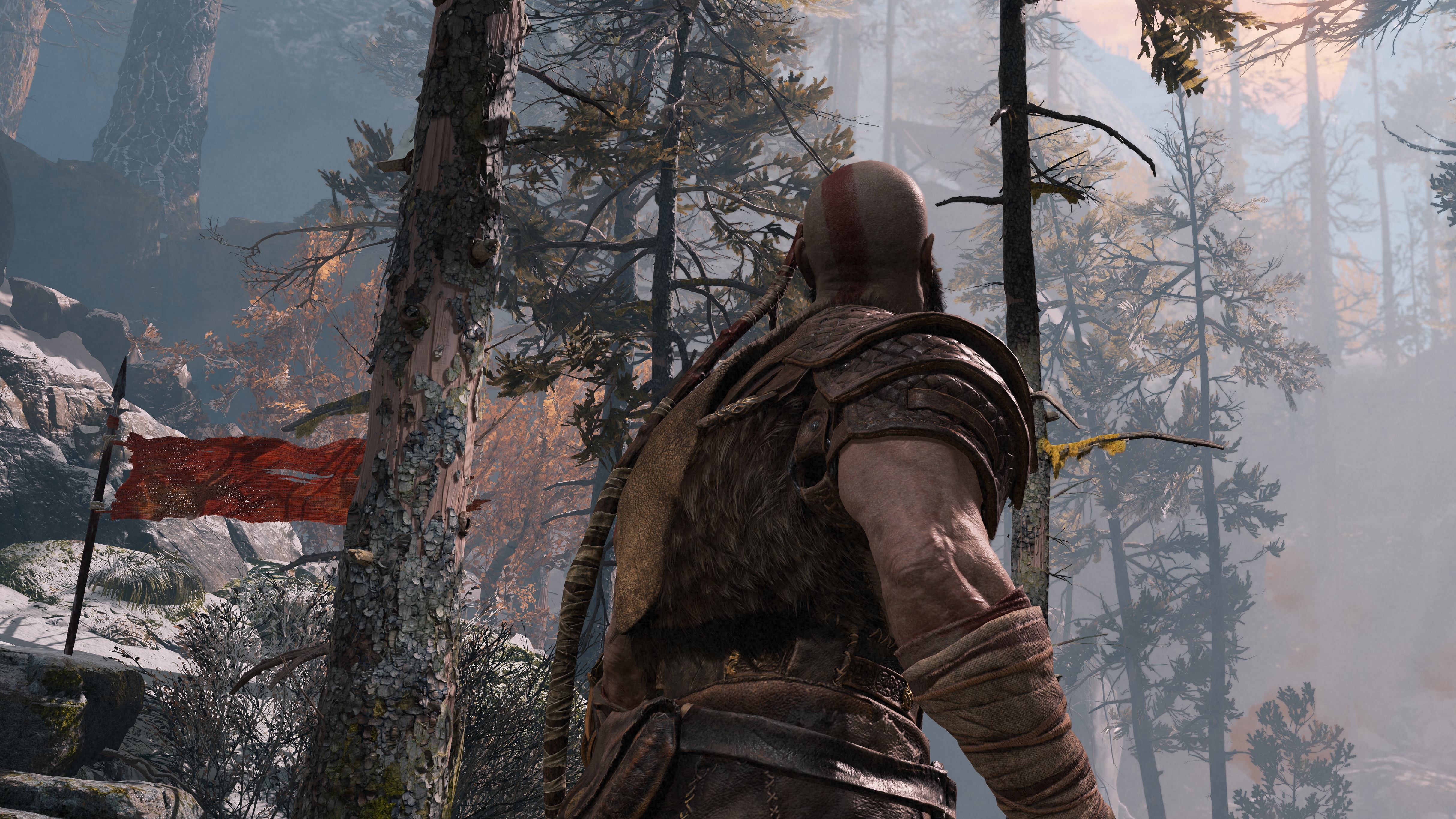
A great 8K experience whatever you choose
During our time playing God of War at 8K we had a blast. Not only is this a great looking title, but it's a genuinely great game as well. We have already played it through on PS4, but are now eager to play it all again on PC.
Best of all, if you want to play it at 8K and have a rig capable of it, then you don't have to make any compromises. It runs over 30fps at 'Ultra' settings. While textures are still aimed at 4K screens at a maximum, this really is an impressive looking game on an 8K monitor, with a pixel density which gives the game almost a 3D appearance in some scenes.
Even better, if you want 8K and faster frame rates, both DLSS and AMD FidelityFX Super Resolution allow this. We'd actually recommend going with FidelityFX Super Resolution at 'Performance' mode, which has a slight graphical edge over the similar DLSS setting.
Both look stunning, however, and it's the best way to realise Sony's 8K promises. There's no need for a PS5 for that, but you do need an RTX 3090. Sadly, they are just as hard to find in stock, and are much more expensive.
- These are the best GPUs of 2022

Matt is TechRadar's Managing Editor for Core Tech, looking after computing and mobile technology. Having written for a number of publications such as PC Plus, PC Format, T3 and Linux Format, there's no aspect of technology that Matt isn't passionate about, especially computing and PC gaming. He’s personally reviewed and used most of the laptops in our best laptops guide - and since joining TechRadar in 2014, he's reviewed over 250 laptops and computing accessories personally.